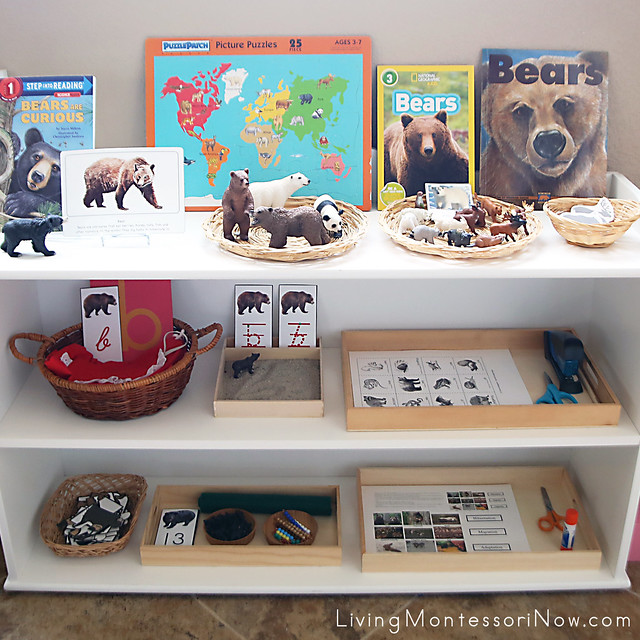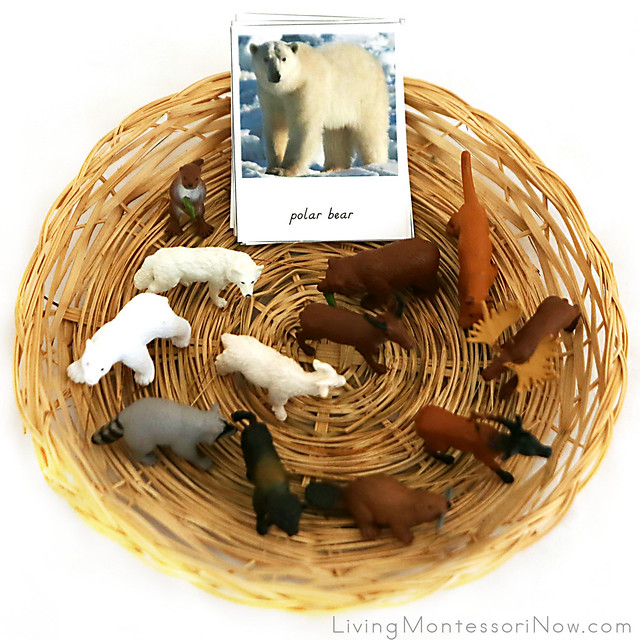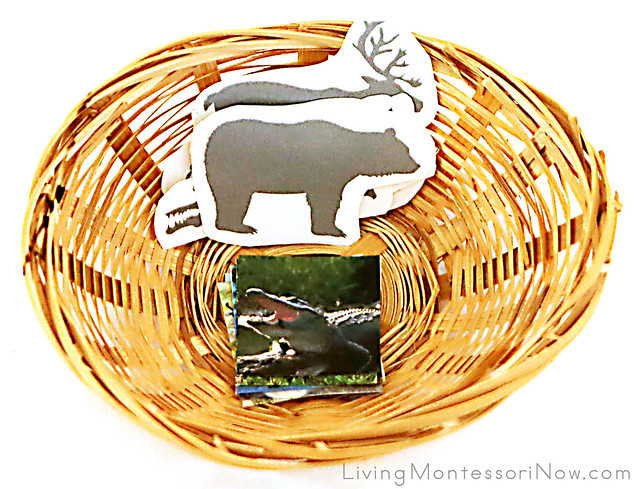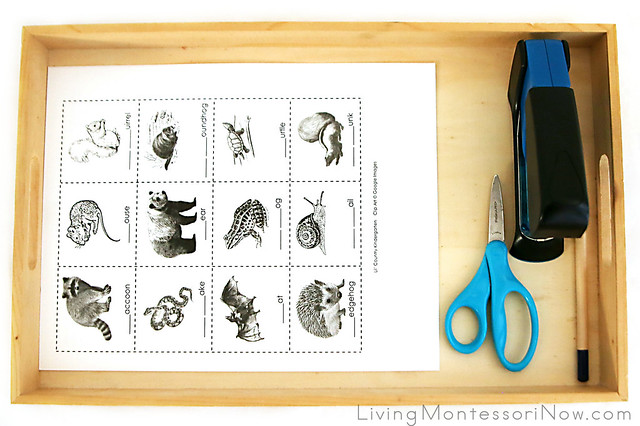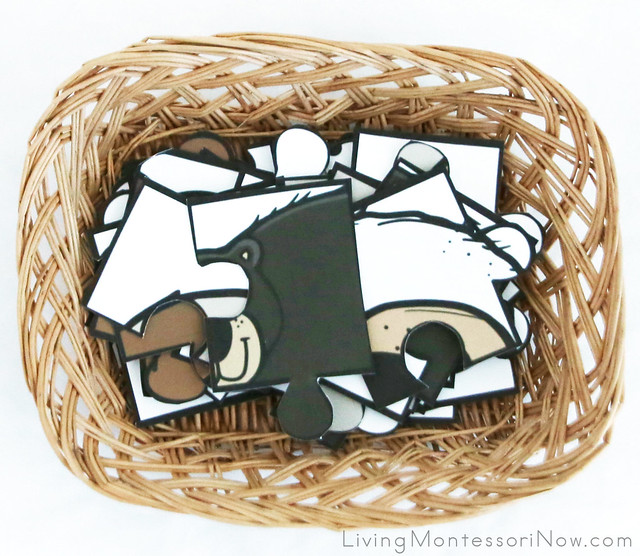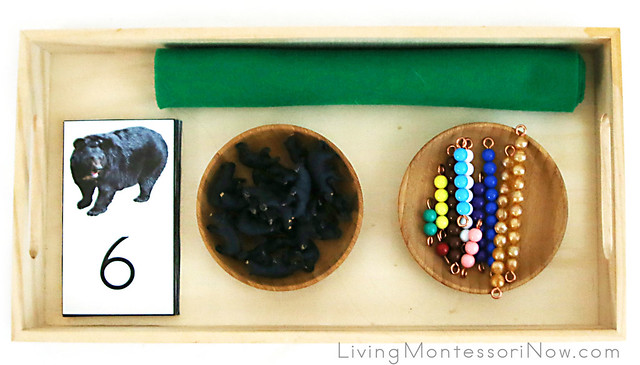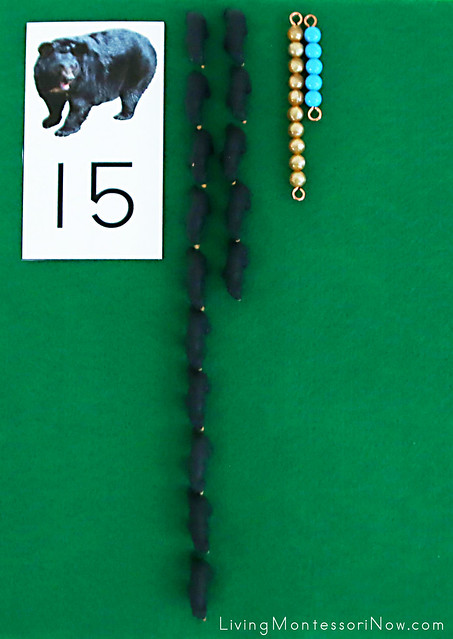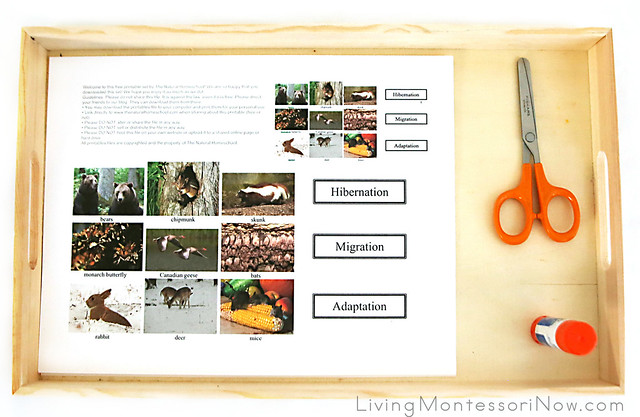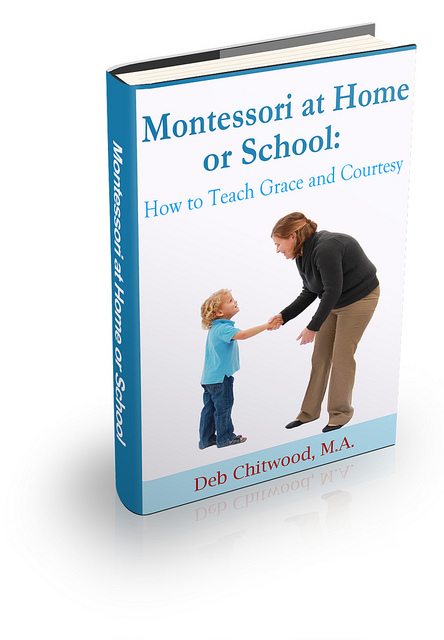Happy Thanksgiving!
There are so many benefits of creative movement for young children! One of the most important is the fostering of social and emotional learning (SEL) in young children. I have written about these benefits in earlier blog posts. Some of these SEL skills include:
There are so many benefits of creative movement for young children! One of the most important is the fostering of social and emotional learning (SEL) in young children. I have written about these benefits in earlier blog posts. Some of these SEL skills include:
- Self–Awareness (body awareness, spatial awareness, control of one’s speed, and control of one’s direction in space)
- Understanding Personal Space vs. Shared Space
- Group Cooperation
- Self-Control and Delaying Gratification
- Listening, Understanding, and Responding to Instructions
- Reasoning and Problem-Solving Skills (individually or in a group)
- Self-Expression
Today I am writing about one of these: the importance of nurturing a child’s
ability to delay gratification and
strengthen self-control. This generation of children is growing
up in a world where they have instant access to information, technology, and
media. Structured activities can
help counteract this frenzy of stimuli, and help children slow down, tune into
their bodies and surroundings, and learn that sometimes waiting and
anticipating an outcome can be fun and rewarding.
Lauren Tamm, writing for the University of
Cincinnati website Kids Activities Blog (https://web.kidsactivitiesblog.com/84534/teach-kids-self-control asks this question:
What if I told you holding your boundary firm and making your child wait was the single most important
skill you can teach your child. . .
Tamm continues: Research shows that children with worse self-control (less persistence,
more impulsivity and poor attention regulation) at ages 3-11 tend to have worse
health, earn less, and commit more crimes 30 years later than those with better
self-control as children. (Source: the book Zero
to Five, by Tracy Cutchlow).
Sarah Ramirez, writing for
the website A Fine Parent (https://afineparent.com/emotional-intelligence/delayed-gratification.html), says her article 5 Easy Ways to Teach Kids
Self-Control outlines some more of the reasons it is so important to nurture
this trait in children:
- Better emotional coping skills
- Higher rates of educational attainment
- Higher SAT scores
- Lower BMI
- Lower divorce rates
- Lower rates of addiction
WOW! Amazing. And yes, research shows that children can be taught to delay gratification.
Ramirez explains that the above conclusions are the result of long-term
follow-up research from the famous “marshmallow test” conducted by psychologist Walter
Mischel and other researchers in the late 1960’s and early 1970’s at Stanford
University:
One by one, 4-year-old children were presented with a marshmallow and
informed that they could either eat a marshmallow now, or wait 15 minutes and
receive two marshmallows. Some children gobbled the marshmallow immediately,
while others managed to wait the full 15 minutes and receive the reward of a
second marshmallow.
The researchers
continued to follow up with the children for the next several decades. They found that the 4-year-olds who had
successfully waited for 15 minutes differed in significant ways from the
children who couldn’t wait . . . Walter Mischel concluded that ‘preschoolers
tended to wait longer when they were given effective strategies.’ In other words, self-control and
delayed gratification are essential life skills – but they can be learned.
MOVEMENT ACTIVITIES
I have taken ideas from the marshmallow test, Sarah Ramirez, and Lauren Tamm's University of Cincinnati Kids Activities Blog, and created four simple movement activities, along with some ideas for variations:
1. MIRROR GAME
This activity is a type of follow-the-leader game, which helps children listen and respond to instructions. They will need to watch carefully for their movement cues. It also allows children to practice controlling their body movements, and become aware of the speed and direction of these movements.
Explain to the children that when they watch you, they will do the same things you are doing, by imagining they were looking into a mirror. Practice a few easy movements with your arm or leg, making sure they use the corresponding mirror-image arm or leg. Put on some fun music, and, starting out slowly, move as the children mirror your movements.
You can begin by trying the game sitting on the floor and using upper-body movements while the children get the hang of the mirror game. Then progress to standing. Challenge the children by turning, moving side-to-side, and trying balancing shapes on one leg.
 |
| Follow me while we are standing up! |
 |
| Look into the mirror and follow me! |
2. DANCE AND FREEZE
The wonderful thing about dance/freeze activities is that they are easy and accessible (all you need is music!), children love them, and they are great for helping them to practice following instructions, listening, and body and impulse control. Here are two simple dance/freeze games.
Stop Sign Dance and Freeze
For this activity, choose a musical selection that the children like. Use a homemade or purchased stop sign. Ask the children what it is, and what the word on it means. Explain that when you hold up the stop sign,
 |
| Watch for the stop sign! |
Expand the game with different ideas for the freeze, for example: freeze in a twisty shape, or an upside down shape, or a shape with only one hand and one foot touching the floor.
Here is a variation with additional practice for the children to control the speed at which they are moving:
Traffic Signals Dance and Freeze
Instead of a stop sign, cut out three large circles of construction paper or cardboard, one green, one yellow, and one red. Use a lively musical selection.
Explain to the children: When I hold up the green light, you may dance as fast as you like. When I hold up the yellow light, you will dance slowly, like a slow-motion action scene in a movie. When I hold up the red light, freeze, and don't move a muscle!
3. CHOOSE AN ANIMAL AND TAKE A TURN
Helping children to master the skill of waiting for their turn lends itself easily to movement activities. Here is a simple lesson that also gives children the opportunity to practice large motor skills.
Start with the children in a line or gathered on one side of a space. They will go across the space one by one. Ask each child to name an animal, and then to move across the space like that animal.
Free Dance: Once the activity has been accomplished, and all of the children have waited their turns to go across, ask them what their favorite animal is. Play some music, and allow them to dance freely about animals.
Variation:
Have animal names written on file cards, and when it is a child's turn to go across, he picks a card at random and moves like that animal.
4. CAMPFIRE*
Explain to the children: When I hold up the green light, you may dance as fast as you like. When I hold up the yellow light, you will dance slowly, like a slow-motion action scene in a movie. When I hold up the red light, freeze, and don't move a muscle!
 |
| Green means go! |
3. CHOOSE AN ANIMAL AND TAKE A TURN
Helping children to master the skill of waiting for their turn lends itself easily to movement activities. Here is a simple lesson that also gives children the opportunity to practice large motor skills.
Start with the children in a line or gathered on one side of a space. They will go across the space one by one. Ask each child to name an animal, and then to move across the space like that animal.
Free Dance: Once the activity has been accomplished, and all of the children have waited their turns to go across, ask them what their favorite animal is. Play some music, and allow them to dance freely about animals.
Variation:
Have animal names written on file cards, and when it is a child's turn to go across, he picks a card at random and moves like that animal.
 |
| Hop like a bunny! |
4. CAMPFIRE*
Calm an energetic class at the end of the day with a game about settling down, helping children to tune into their bodies, be aware of their senses (sight, smell, hearing) and relax.
This can also be used as a transitional activity, to quiet children down before moving on to something else.
Say to the children:
Have you ever been camping in the woods? Did you sit around a campfire? Let’s imagine we are spending the night in the woods. It is a cold, clear
fall night. Let’s build a campfire
to get warm! We will build it in
the center of our circle.
Continue with the following movement prompts:
Let’s imagine we are gathering wood. Bring it to this spot in the center of the room.
Put the small pieces in, and I will pretend to light our fire. Now let’s put some big logs on the
fire!
Let's sit near the fire and warm up our hands and feet. Do you smell the wood fire? Do you smell pine needles and leaves in the forest? What else?
Let's lie back and climb into our sleeping bags. Look up at the sky. What do you see in the night sky? Be very quiet. What sounds do you hear in the forest at
night? Be aware of your breathing, and try to feel your heartbeat.
*Lesson from: One,
Two, What Can I Do? Dance and
Music for the Whole Day, Dow,
Redleaf Press, 2011




